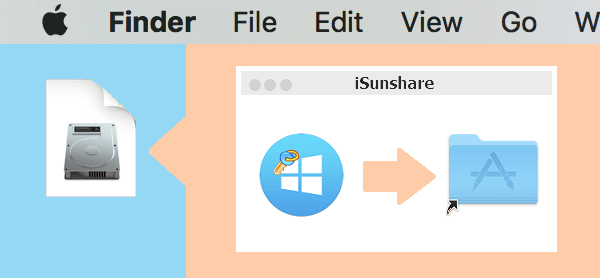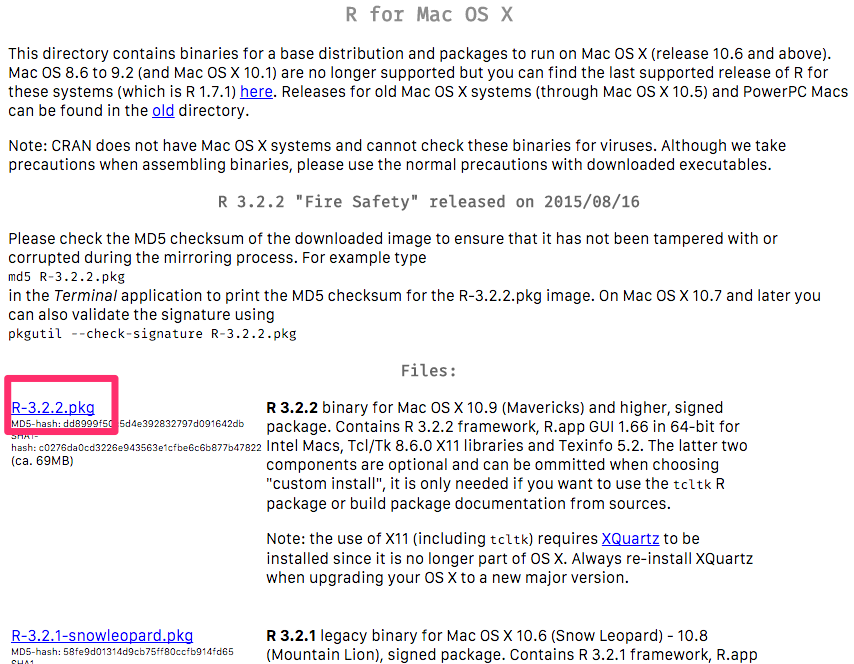Yesterday Emacs 26.2 was released, see: https://www.gnu.org/software/emacs/news/NEWS.26.2

In this short guide i want to show how i install Emacs on my MacBook.I use the vanilla Emacs build from https://emacsformacosx.com/.It is just a simple .dmg file.


After installing the dmg file, Emacs is now available on your Mac asan application but not in the terminal-app. The terminal still opensthe pre-install Emacs version. To make the new version available youhave to create a bash-script and put it in your $PATH.
Use the 'createinstallmedia' command in Terminal Connect the USB flash drive or other volume that you're using for the bootable installer. Make sure that it has at least 12GB of available storage and is formatted as Mac OS Extended. Open Terminal, which is in the Utilities folder of your Applications folder. Macos Catalina Install Dmg Apple silicon. Plug the bootable installer into a Mac that is connected to the internet and compatible with the version of macOS you're installing. Turn on your Mac and continue to hold the power button until you see the startup options window, which shows your bootable volumes and a gear icon labled Options. I want to install a dmg file on a remote server. All I have is an ssh access. Since a DMG is a disk image, I tried to mount it, but mount does not seem to recognize its format. File says my dmg file is a VAX COFF executable.


Put the emacsclient command in your $PATH too. Just run thefollowing line:
For further information see: https://emacsformacosx.com/tips
Installing Dmg On Mac From Terminals In Windows
My Emacs startup workflow
When i start a session i run the emacs-server with emacs --daemon. This runs emacs in the background. Afterwards you can useemacsclient to open files. From now on emacsclient does notstartup a full Emacs instance but utilises the runningemacs-server. Basically emacs opens instantly!
Additionally i created some bash aliases in my ~/.zshrc or~/.bashrc in order to shorten the emacs commands.
Installing Dmg On Mac From Terminal Server
Finally i made Emacs the standard-editor in the shell. This makesother terminal-applications use Emacs, e.g. git for editinggit-commit-messages.